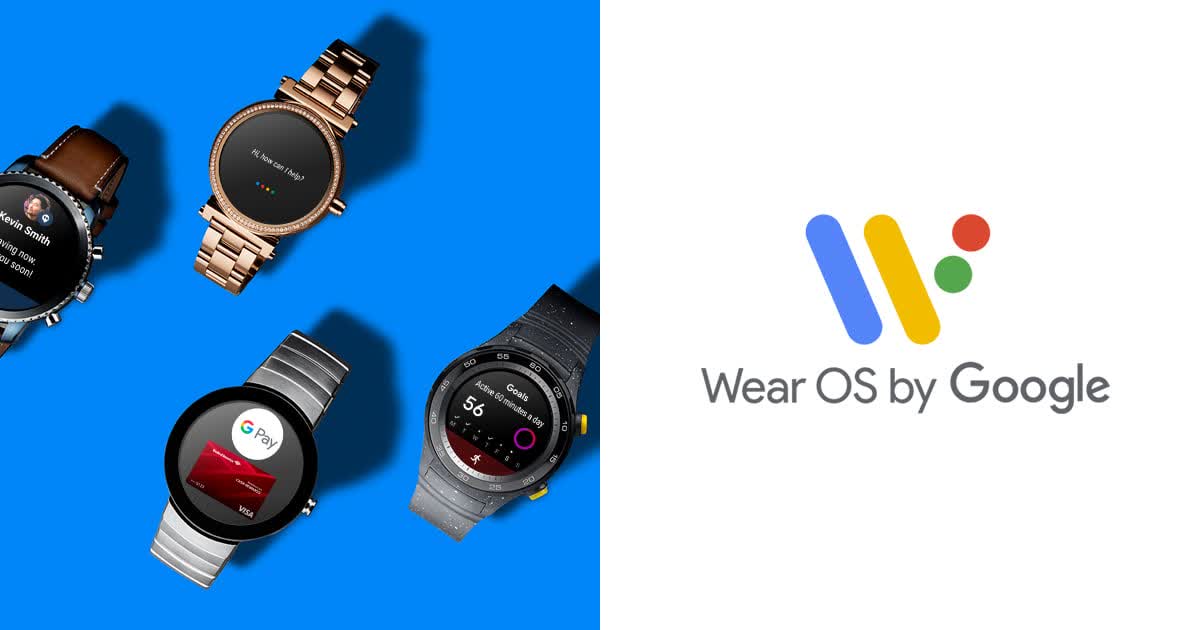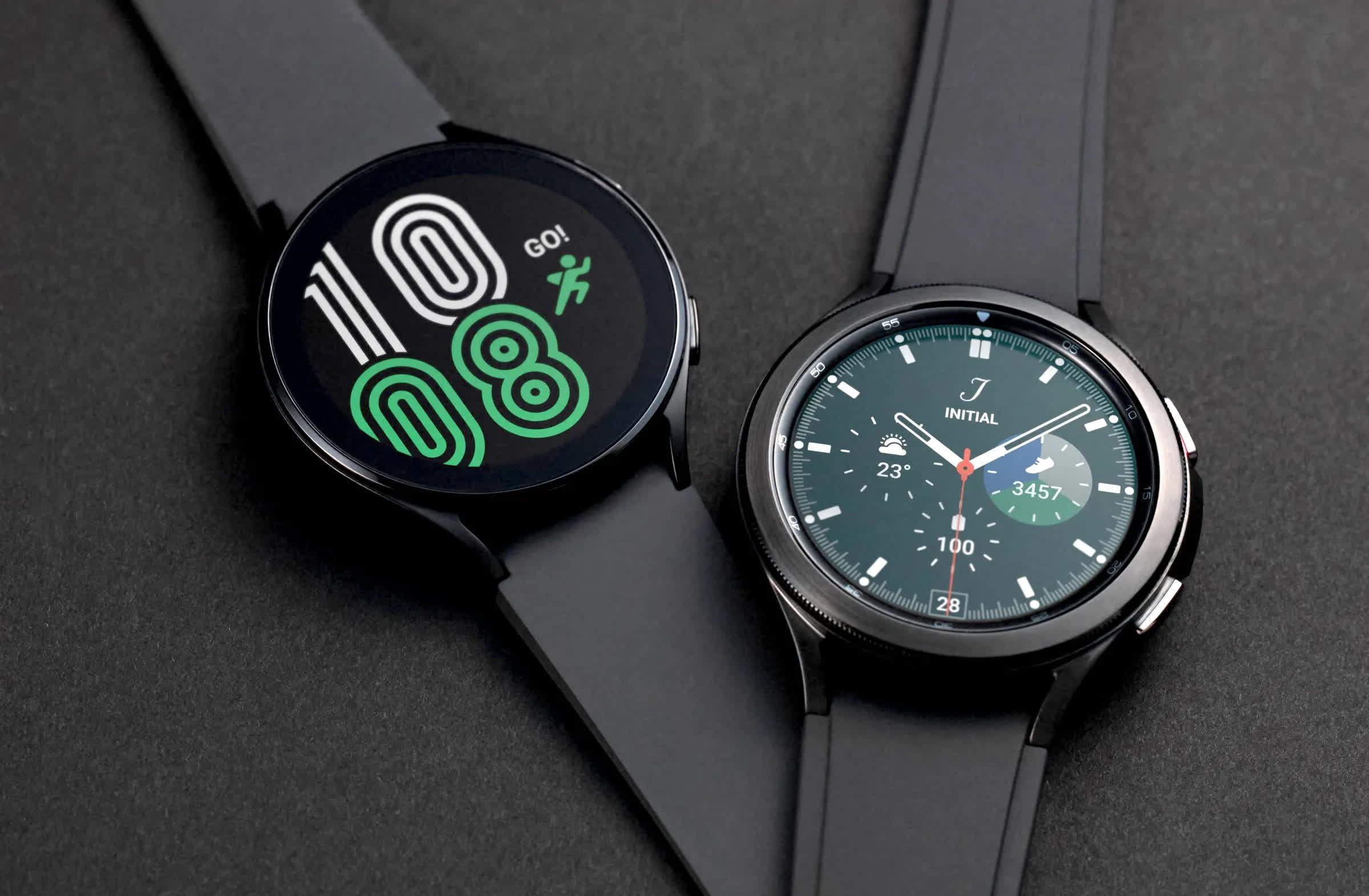Something to look forward to: Google’s hardware team has been expanding its reach steadily over the past several years. It’s already jumped feet-first into the realms of earbuds, smart homes, phones, and even zippy notebooks, but its ambitions continue to grow. According to new reports, Google is working on its own smartwatch, with plans to launch the device as soon as next year, provided all goes well.
This is big news for Google fans. To date, Google has primarily focused on the software side of smartwatches, developing tech like Wear OS and allowing third-party watchmakers to build their hardware around it. Soon, though, Google may be competing with the very wearable makers it has supported for so many years, such as Samsung.
Regardless, the device has reportedly been codenamed “Rohan” internally, but that probably won’t be its final moniker. It’s more likely that it will ship with a name like “Pixel Watch” or “Pixel Wear” — that’s still speculation on our part, but it would fit much better with the previous naming conventions Google has employed to date.
As for the device’s design, Business Insider’s sources say the watch face will be round and perhaps even bezel-free. It’s difficult to tell what the latter would look like in practice (or what implications it might have for the watch’s durability), but the former is not exactly a surprise. Many smartwatches ship with round faces, though the Apple Watch is a notable exception.

Google aims to make a watch that is comfortable for at least “90% of the population,” according to a design document seen by Business Insider. This is important to Google because it feels that “insufficient sizing excludes some users from wearable wristables entirely.”
As someone with a large wrist, I wholeheartedly agree with Google there. I’ve tried to wear older Fitbit models in the past, but they were always a little too tight for my liking; or simply weren’t shaped well for my proportions.
In terms of functionality, Business Insider says the watch will support health and fitness tracking features, like most of its soon-to-be competitors. Employees have reportedly already been allowed to test the device to determine pain points and potential areas for improvement. Two current examples seem to be the watch’s slow rate of charging and its frequent need to charge.
Given how critical long battery life is for smartwatches, we’d be surprised if the device ships in that state. Those issues will very likely be solved before the Pixel Watch — or whatever it’s called — releases in 2022.
Leave a Reply Cancel reply
document.addEventListener(‘DOMContentLoaded’, function () {
var commentForms = document.getElementsByClassName(‘jetpack_remote_comment’);
for (var i = 0; i < commentForms.length; i++) {
commentForms[i].allowTransparency = false;
commentForms.scrolling = 'no';
}
});
<!–
